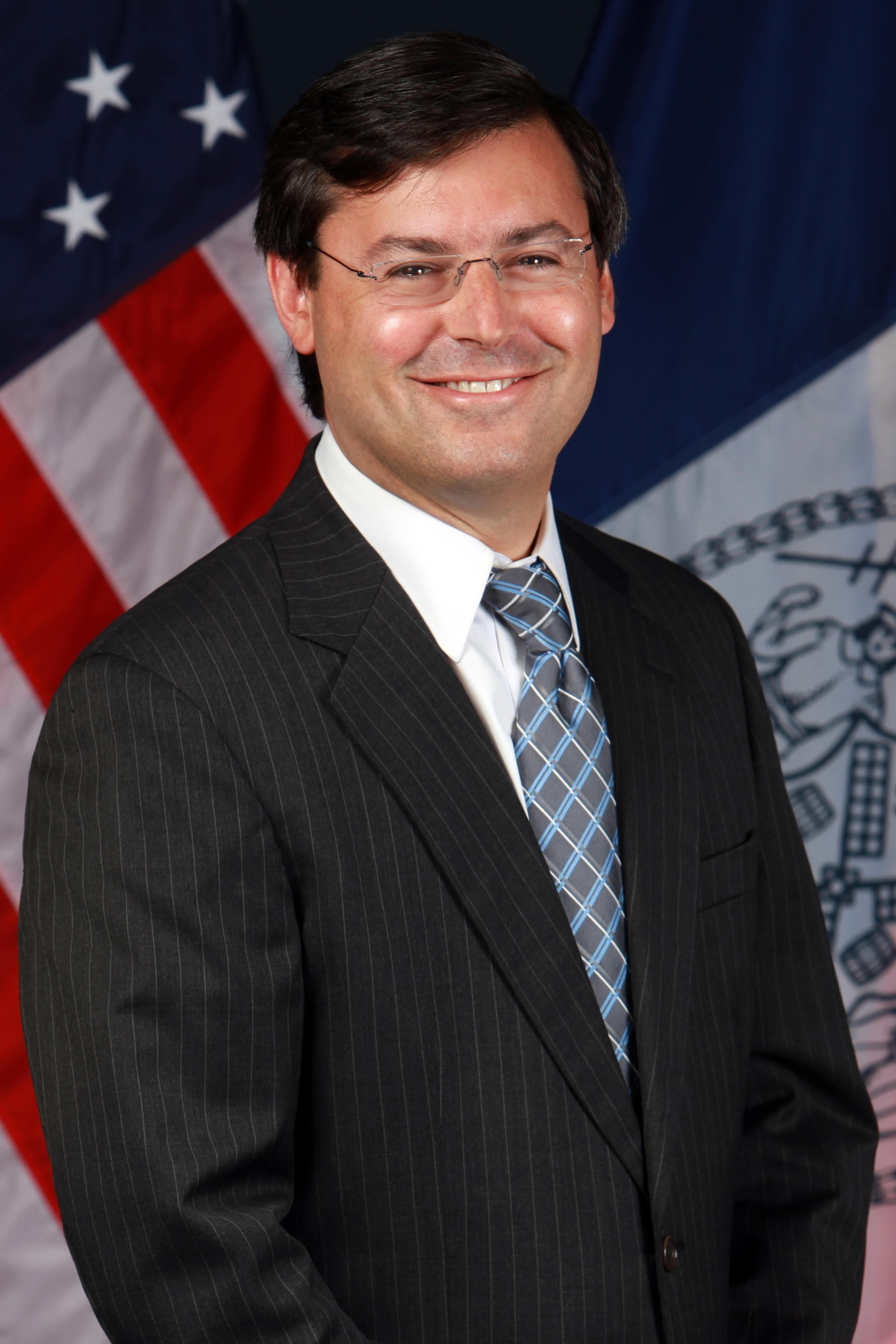Taxi service in Manhattan has taken on a different look the past few years as the ubiquitous Crown Victoria cabs were gradually replaced by a variety of mostly smaller, sleeker and more efficient vehicles. There’s a new color too, green cabs are now popping up in the outer boroughs of the City. Taxi & Limousine Commissioner David Yassky has been at the helm of the changing taxi service landscape, and at times it has been a rough ride.
Commissioner Yassky is used to bruising battles. He cut his government teeth working on Capitol Hill for Senator Chuck Schumer on such controversial bills as an assault weapons ban and the violence against women’s act. “You can work for Congress for 30 years and never see anything that you worked on actually become law,” said Yassky, “but if you’re working for someone like Chuck Schumer then you can have a role to play.”
Yassky grew up in Rockville Centre on Long Island. In 2001 he won a seat in the City Council from Brooklyn representing an area that was undergoing extensive re-development and reuse: Williamsburg, Boerum Hill, DUMBO, Greenpoint, and Park Slope. After losing a close race for Comptroller in 2009, Mayor Michael Bloomberg in 2010 appointed Yassky as TLC Commissioner. Yassky’s biggest priority has been expanding taxi service outside of Manhattan. “For Brooklynites, hailing a cab has meant flagging down an illegal taxi for decades,” said Yassky, referring to black car and livery service, which must be pre-arranged.
This summer the TLC began issuing licenses for green cabs designated specifically for outer borough service. As of the time of this interview 1,526 green cab licenses have been issued. The TLC plans to issue 6,000 per year until a total of 18,000 green cab licenses have been issued. Green cabs can pick up passengers anywhere outside of Manhattan (except for the airports), and in Manhattan north of West 110th street and north of East 96th street. Green cabs may drive passengers from an outer borough to a destination within the core of the City, but are not permitted to pick up passengers after discharging their outer borough passengers. A technology called GeoFencing tracks the location of the green cab by GPS, and prevents the meter from being engaged while the car is out of its service district.
The TLC’s outer borough initiatives have been met with fierce opposition from some taxi fleet owners and livery base owners. Yassky isn’t surprised when people oppose the change, but believes expanding service in the outer boroughs of the City will improve service generally and not hurt the existing yellow industry. In defending his position, Yassky says, “People will fight at every corner with lobbyists and lawyers, but it’s the government’s job to do what’s right.”
Yellow cab owners oppose the TLC on another front as well, the Taxi of Tomorrow. Beginning Oct. 28, 2013 every newly purchased non-hybrid taxi is required to be a Nissan NV200, the Taxi of Tomorrow chosen by New York City as part of a competition in 2011. Commissioner Yassky recently observed a hearing in Manhattan Supreme Court challenging implementation of the program. Taxi owners argued that the City unlawfully pre-empted the owners’ right to contract and forced them into a car they did not want.
Another concern about the Taxi of Tomorrow is accessibility. The new taxi is not wheelchair accessible, although it can be retrofitted to become so. The car is being challenged in federal court under the Americans with Disabilities Act by advocates for the disabled community. The Greater New York Taxi Association, who is not a party to the litigation, argued that the City is forcing them to buy an ADA lawsuit in the new taxi, referring to it as the “taxi of yesterday.”
Yassky defends the TLC’s recent record on accessibility. A new dispatch system for disabled riders gets a cab to the caller’s location within an average of 14 minutes. A minimum of 20 percent of new green cab licenses must be for accessible cabs, and applications for green cabs so far have exceeded that number. “We’ve been determined to make sure that somebody in a wheelchair has the same excellent access to taxi service as anyone else,” said Yassky.
Yassky remembers spending his college summers working for Mayor Edward I. Koch where he saw “really smart people working their hearts out to make changes for the better.” That’s how he sees his work with the TLC. The politics and challenges of trying to figure out complex problems is like solving a puzzle. Through all the bruising battles Yassky hasn’t lost his love for politics: “It’s just fun.”
– Drew Carroll


